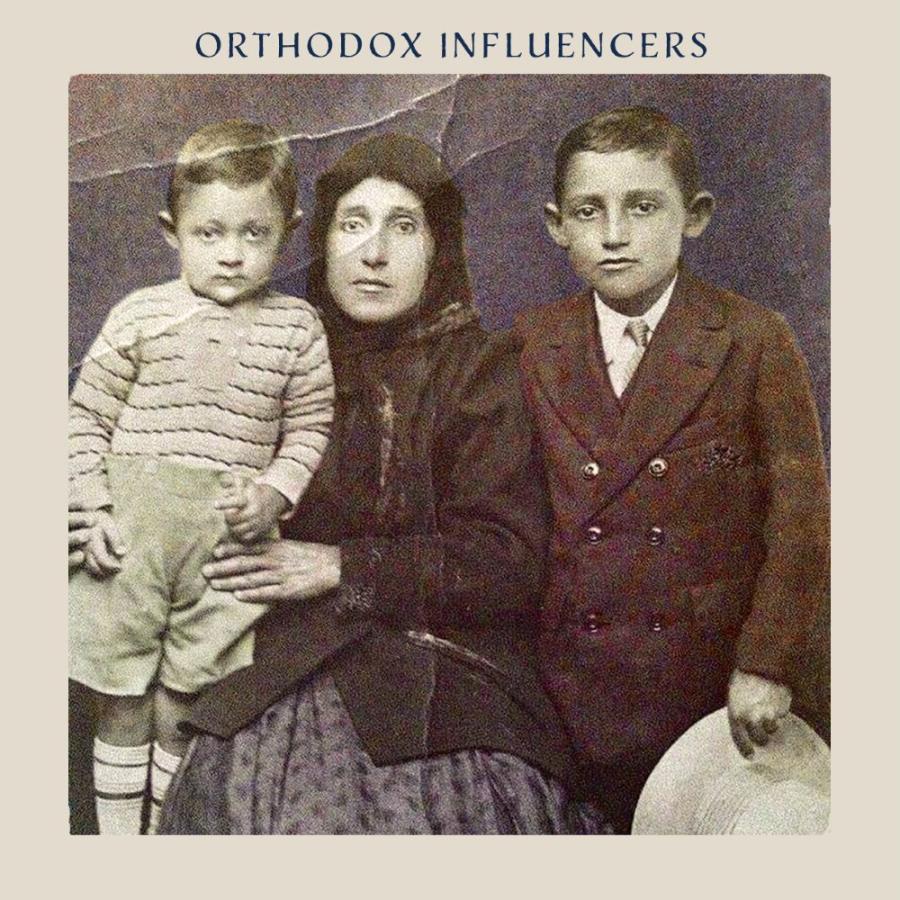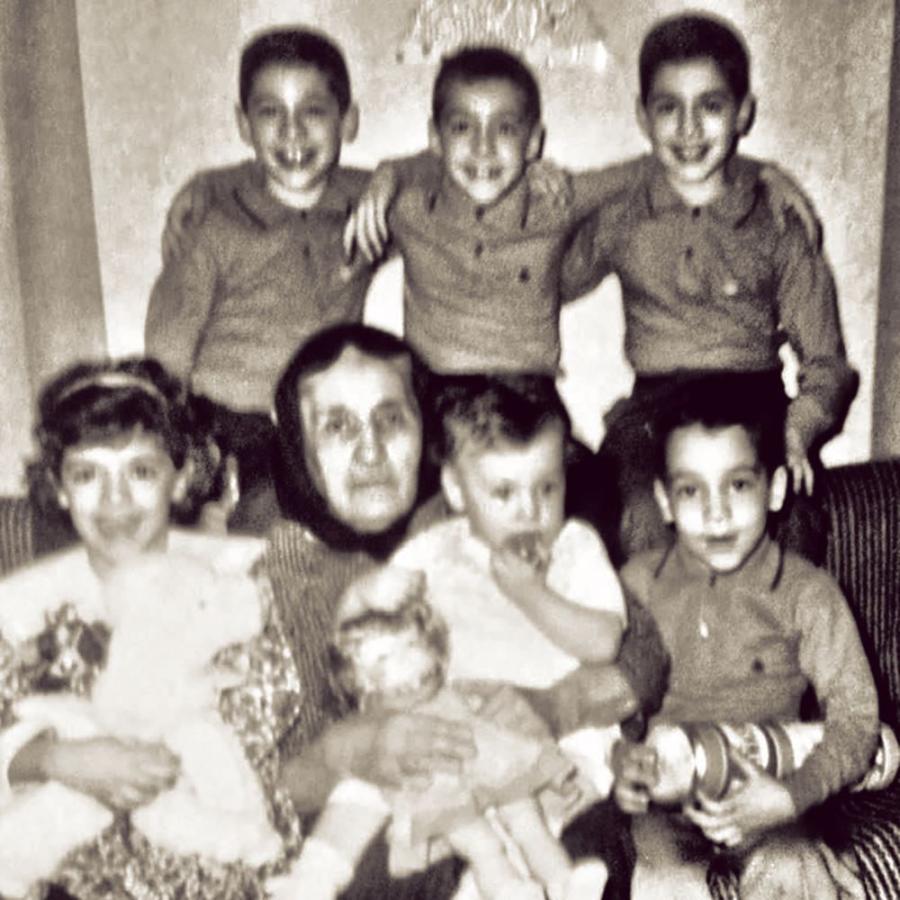
Maria Kypraia Zembillas is the first in our new series of Orthodox Influencers, women whose personal impact is still alive in the Church. Here she is, as seen through the eyes of her grandson, Metropolitan Savas (Zembillas) of Pittsburgh:
My paternal grandmother was a real presence in my life, the only one of my grandparents to have survived into my childhood and hence the only one of which I have vivid memories. (I was in my last year of college when she passed away.) She grew up on the Greek island of Kalymnos and had as her spiritual father a priest-monk who was canonized by the Ecumenical Patriarchate in 1990, St. Savva the New. She loved the Church and was known for her chanting. She wanted to be a nun, but her father arranged a marriage to my grandfather. He was a Kalymnian who had gone to America to find work and then returned to his home island to find someone to marry, and he was considered quite a catch. My grandfather stayed for a couple of months and then returned to Tarpon Springs, Florida.
My grandmother couldn’t accompany him at the time because she was pregnant. When he came back to get her seven years later, he met his son, my father, for the first time. But by the time my grandfather was ready to sail for America, she was pregnant again, so he had to leave her and his son there. Five or six years later he was able to send money for them to join him in Florida. But when the three of them (my grandmother had had another son) arrived at Ellis Island, the authorities determined that she had an eye disease, so they sent her back to Greece to get treatment. She returned home with her younger son back with her, but she left my 12-year-old father at Ellis Island with letters to give to Greeks to get him as far as Washington, D.C., where her brother lived. Her brother sent him on a train to Tarpon Springs, where he met his father for the second time in his life–and my grandmother and Uncle Jimmie did eventually manage to join them.
In my childhood, we all lived together, my family with my grandmother and my Uncle Jimmie. But after a certain point, Uncle Jimmie and my grandmother moved into their own place, because there were becoming too many of us. (My parents had six kids in nine years.) For all her love of the Church, my Yiayia gave my father a pass for all things church-related. I only remember him attending church for the occasional funeral of a close relative or dear friend. He was the owner of a neighborhood grocery store in Gary, Indiana, and he worked all the time. So she acted as his prayer proxy. She always seemed old. My grandfather had died when I was very young. So she was always dressed in black, though occasionally when she was doing housework, she would allow herself a black and white checked shirt. Her church shoes were laced up along the side, probably from the 1910s or 20s.
My father was always asking me, “When’s the last time you spoke to your grandmother?”
I’d say, “I don’t know. I don’t have anything to say to her, baba.”
“Just call her. Call her. She talks about you all the time. She’s asking about you, son.”
So I’d call: “Hi, yiayia.”
She’d answer (all in Greek): “O Savva mou, Savva, Savva mou! Savva, Savva, evlogmene, ke me zo haritomene” (doing a little rhyme).
I’d ask her how she’s doing, and she’d say (in Greek), “You know, I was thinking about you today because tomorrow we begin the Christmas fast and we're about to start the katavasies for Christmas, and they're so beautiful.”
I’d say, “Yeah, yeah, yeah,” because I was at my job at my family’s grocery store.
And she’d start singing the Christos gennatai (“Christ is born”) hymn. She would sing the whole katavasia, and she loved that sort of thing.

In her mind, I was going to be the priest. I was, after all, the bookish grandchild. I loved to sit with her while she was reading her Synaxarion, the Saints of the Day, which was really neat for me because it was raised print and two-color and it had a certain aroma. The first letter of a chapter or hymn would be red, and the rest would be black. Other than border imagery, there is only one image I remember, and it was of Abba Sisoes looking at the bones of Alexander the Great, a classic image. At four or five years old, this was my first skeleton. It was horrifying, and I couldn’t get enough of it.
Yiayia was known in our church community as a decorator of kolyva (boiled wheat covered with powdered sugar and decorated with little silver balls marking out religious symbols and the initials of the deceased, traditionally blessed at memorial services and then distributed). She knew the patterns and had these tweezers that she would use to place the little silver balls. That was always done prayerfully. There would be icons and an oil lamp and candles and prayers and chanting and the reading of psalms. It was very liturgical. She never just went through the motions doing any of this. Every morning, she would cense every room of the house, with a little handheld censor, using little pieces of pine resin. That was the smell of my grandmother. I loved the mysterious sweetness of that.
You see her here circa 1965 surrounded by her grandchildren, around 1965. From left to right, : in the back, Charlie, John, the future Metropolitan of Pittsburgh Savas; in the front, Kally, Maria, and Demetri.


